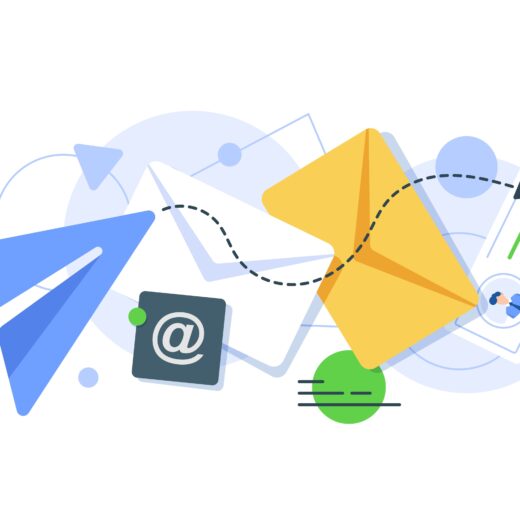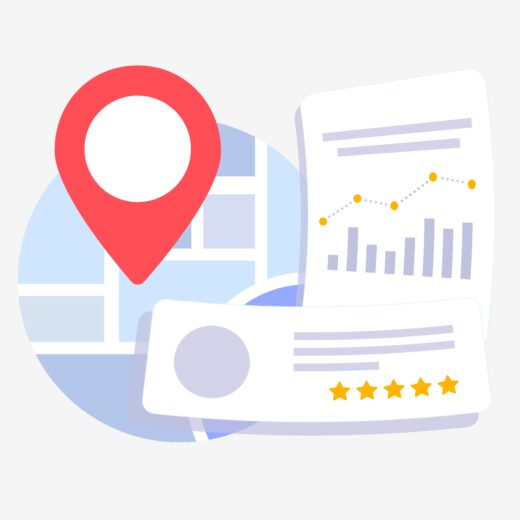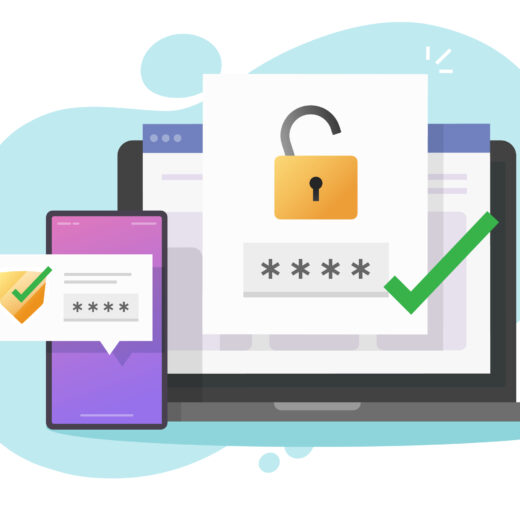How to Optimise Your Images for Search

Search Engine Optimisation (SEO) is multi-faceted, meaning there are lots of different things you can do to improve it. Sometimes these things can be quick fixes and other times you will need to be patient when implementing your strategy. With so much to consider, it can be easy to overlook certain aspects, especially if you’re new to SEO. Optimising images is one example of a tactic that can be missed.
Having optimised images on your website is important for a variety of reasons. It helps with user experience (UX), can improve load time, and increases your rankings in both the regular Search Engine Results Pages (SERPs) and image results. This is especially true if you own an eCommerce website, as you probably have hundreds of images. Read on for some examples of ways you can optimise your images for search.
Consider the Image ALT Text
ALT text or ALT attributes are featured in the HTML code of an image to describe what the image displays. This text will be displayed if an image file cannot be loaded, helps visually impaired website visitors, and helps search engine crawlers to index the images correctly. With that said, it’s important to write your ALT text with your focus keywords.
Consider the Image File Name
Just like ALT text, the file name of the image will help Google understand what the image is actually portraying. So, rather than saving the image as IMG-21048 or something similar, the file name should be more specific. It won’t take you long to edit the file names, but it will make a big difference, nonetheless.
Reduce the File Size of Your Images
Large file sizes can lead to slow load times, which is obviously poor in terms of UX but it’s also bad for your SEO as load times are a ranking factor. If you don’t have access to Adobe Photoshop, there are plenty of free tools online that can help you reduce your image file size without compromising the quality. If you’re wondering what your load times are currently like, you can use Google’s PageSpeed Insights tool to check, and it will suggest a range of ways to improve it.
Don’t Forget Mobile
Having a mobile-first website is crucial nowadays, so you should think about how your images look on mobile. They should be responsive so that they adjust to fit the size of the screen that the user is looking it, as mobiles and tablets vary vastly in size, and you’ll want to make sure you’re catering to all of them.
There are various other ways to improve your image SEO, but the above suggestions should certainly get you started. Search engines are by no means perfect and their algorithms and ranking factors are always changing, so doing everything you can to try and improve your chances of ranking well is absolutely vital as the owner of a website.







